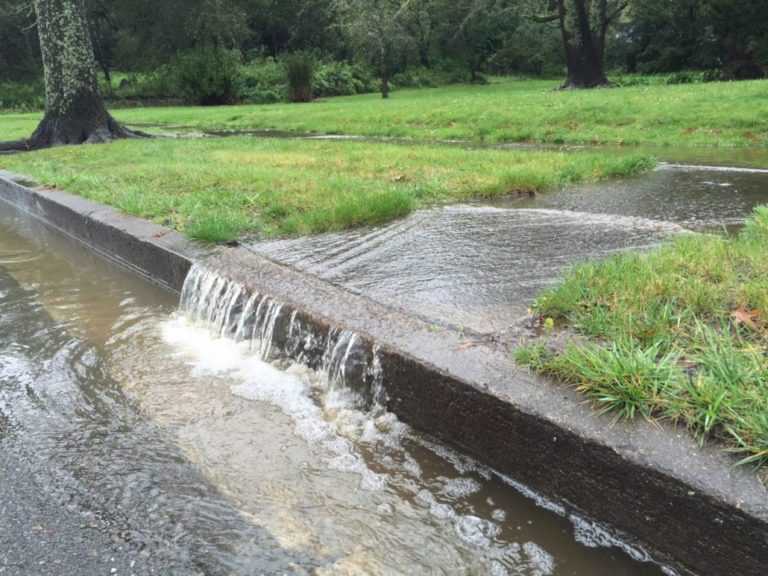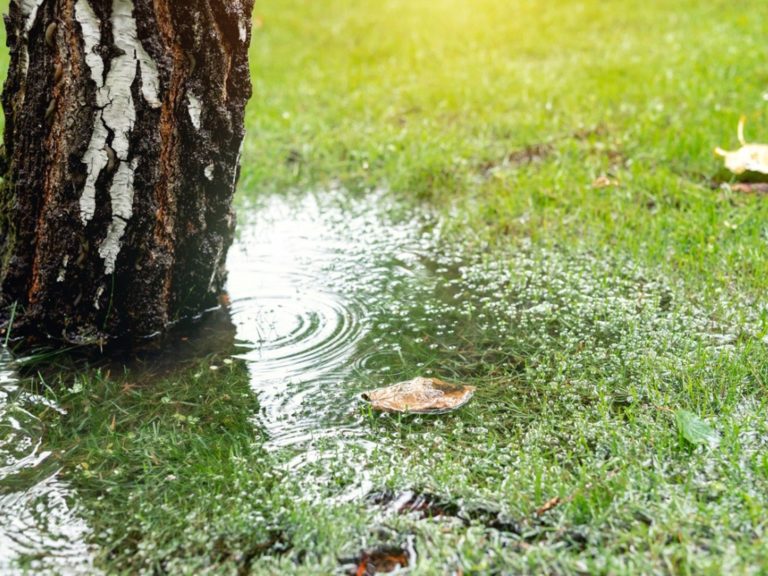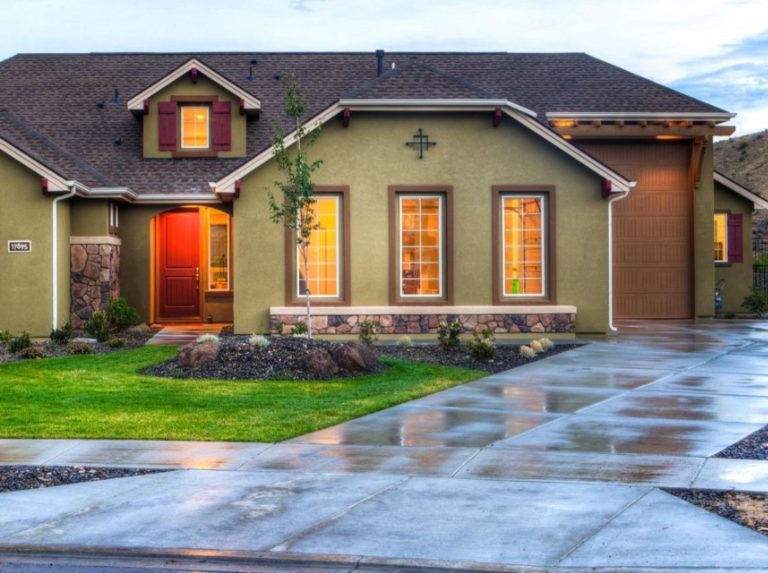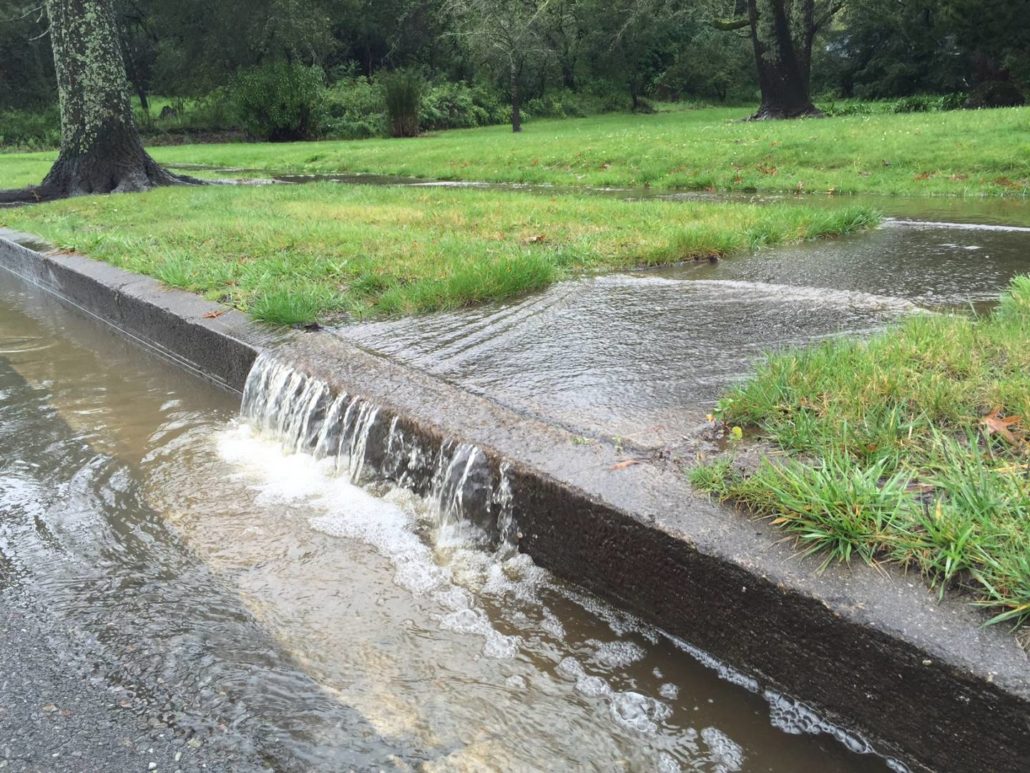
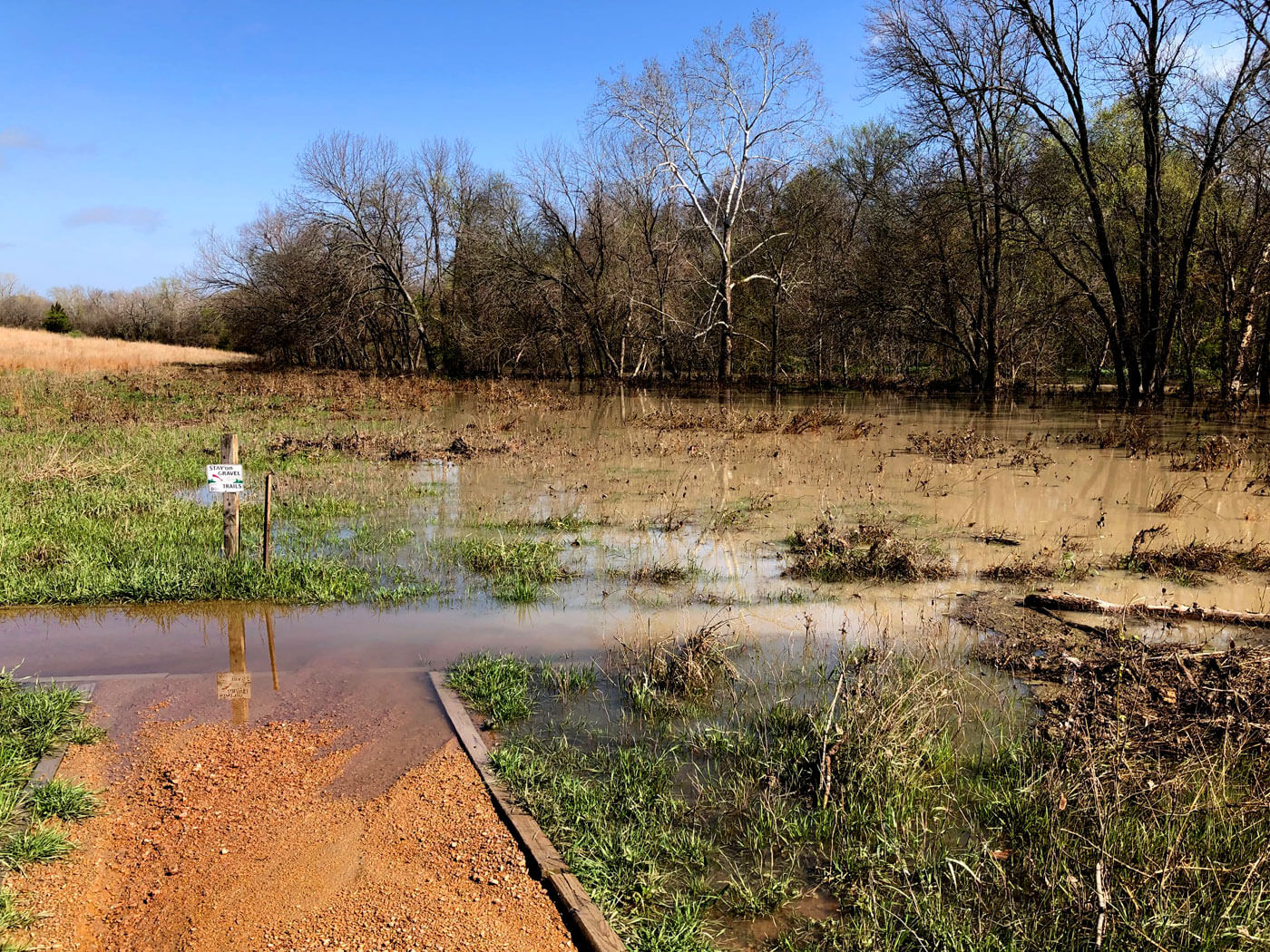
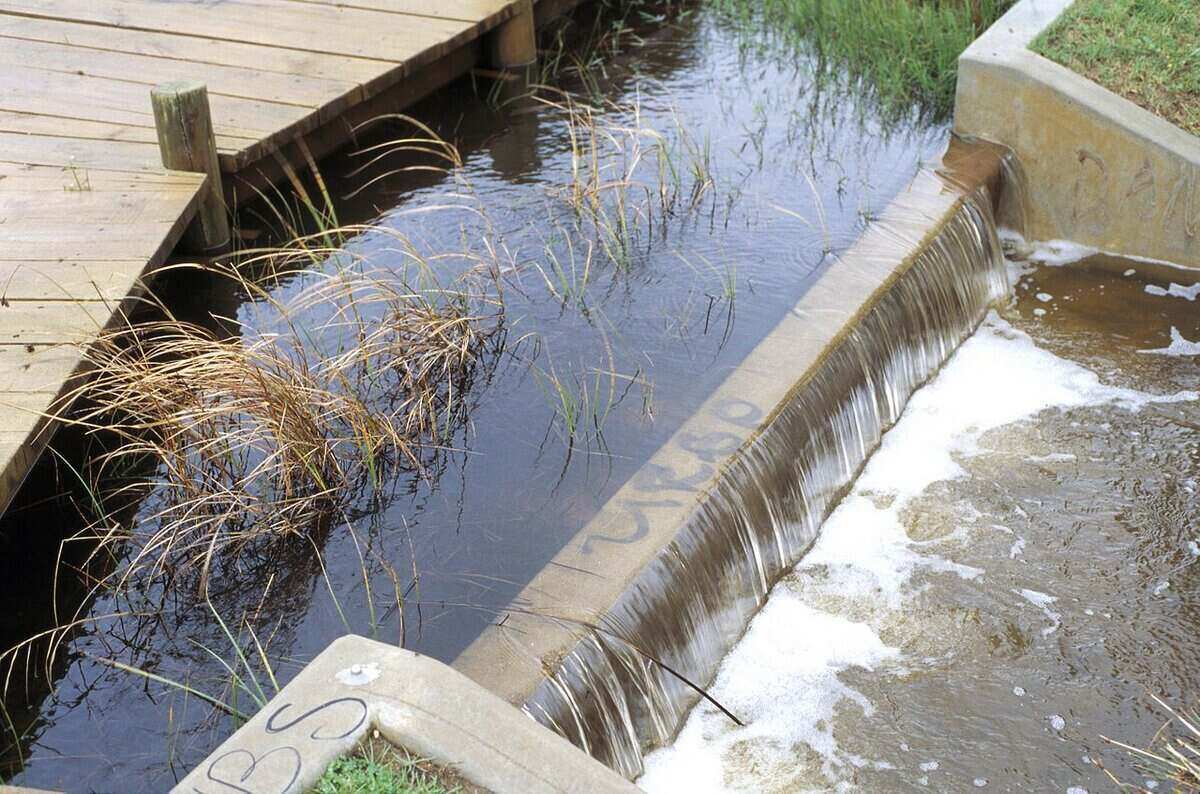
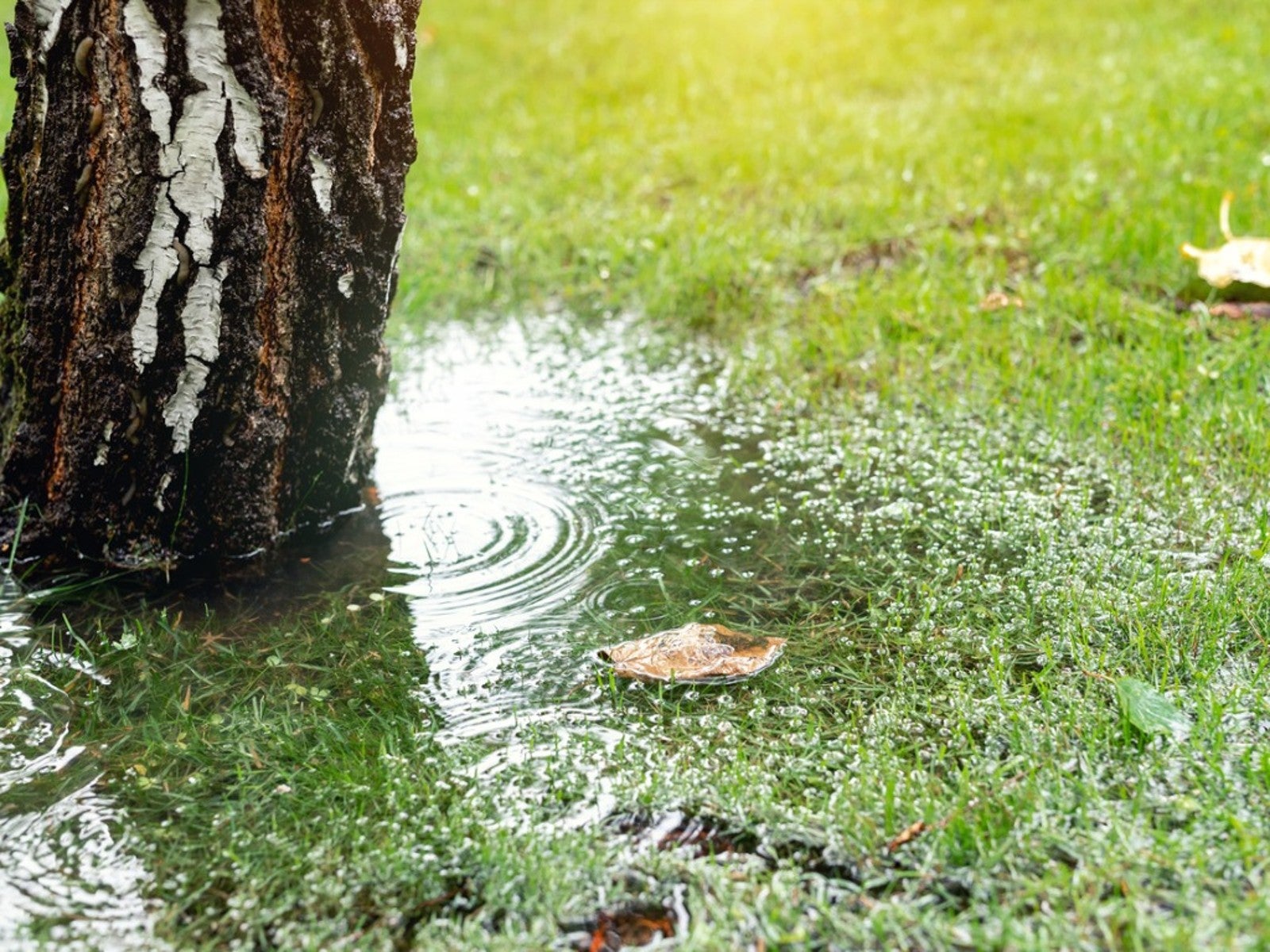
Proper Drainage
Root Health and Growth:
Healthy grass roots are the foundation of a lush lawn. When soil is well-drained, roots can access the nutrients they need more efficiently. Conversely, waterlogged conditions can lead to root suffocation, decay, and susceptibility to diseases, ultimately compromising the overall health of your lawn.
Disease Prevention:
Poor drainage creates a breeding ground for various lawn diseases, including fungal infections. Fungi thrive in damp environments, and waterlogged soil provides the ideal conditions for their growth. Proper drainage helps reduce excess moisture, minimizing the risk of fungal diseases that can harm your grass.
Preventing Erosion:
Inadequate drainage can contribute to soil erosion. When water is not properly directed away from your lawn, it can carry away soil particles, nutrients, and even grass seeds. This erosion can leave your lawn with uneven surfaces, patches of bare soil, and decreased overall aesthetic appeal.
Enhancing Nutrient Absorption
Proper drainage facilitates the efficient absorption of nutrients by the grass roots.
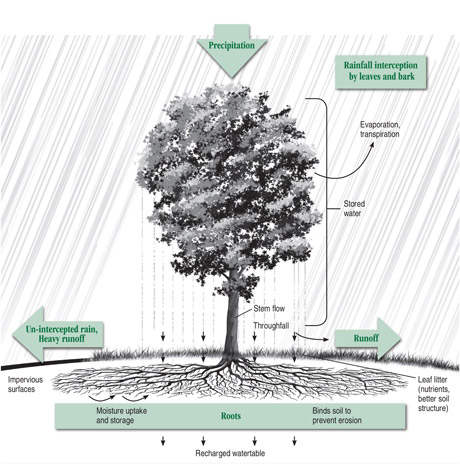
When soil is well-drained, nutrients from fertilizers or organic matter can easily reach the root zone, promoting healthy growth and vibrant greenery.
Maintaining Soil Structure:
Excessive water can lead to soil compaction, negatively impacting its structure. Compacted soil restricts root penetration and water infiltration. Proper drainage helps maintain soil structure, allowing roots to spread and ensuring that essential elements reach the root zone.
Seasonal Considerations:
Proper drainage is especially crucial during heavy rainfall or snowmelt. Without effective drainage, excess water can lead to temporary waterlogging, creating unfavorable conditions for your lawn.
Preventing Standing Water:
Puddles and standing water are not only unsightly but also detrimental to the health of your lawn. Proper drainage prevents the formation of stagnant water, which can attract pests, breed mosquitoes, and contribute to the development of moss or algae.
Increasing Lawn Resilience:
A well-drained lawn is more resilient to extreme weather conditions, whether it's heavy rain, storms, or prolonged periods of drought. It can better withstand environmental stressors and recover more quickly from adverse events.
Protecting Hardscape Elements:
Adequate drainage safeguards hardscape elements like patios, walkways, and driveways from water damage. Poor drainage can lead to water pooling around these features, causing deterioration, cracking, or shifting.
Professional Appeal:
A healthy, well-drained lawn enhances the overall aesthetic appeal of your property. It presents a manicured and cared-for appearance, creating a positive impression on visitors and passersby.
Investment Protection
Proper drainage is an investment in the longevity of your landscaping efforts. It helps protect the time and resources you’ve invested in creating and maintaining a beautiful lawn.
In conclusion
